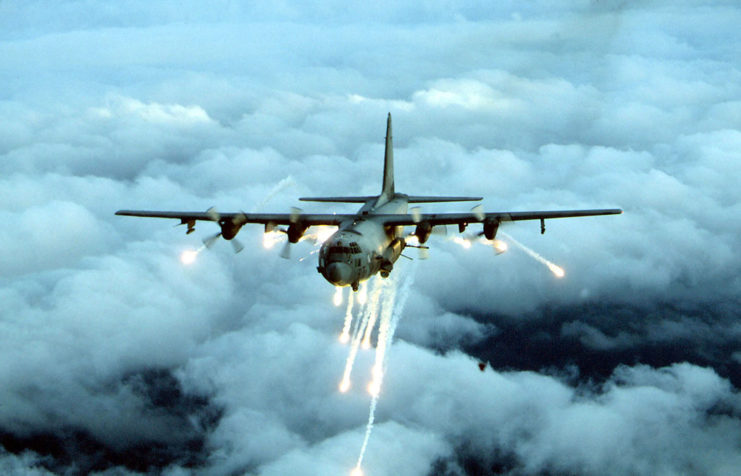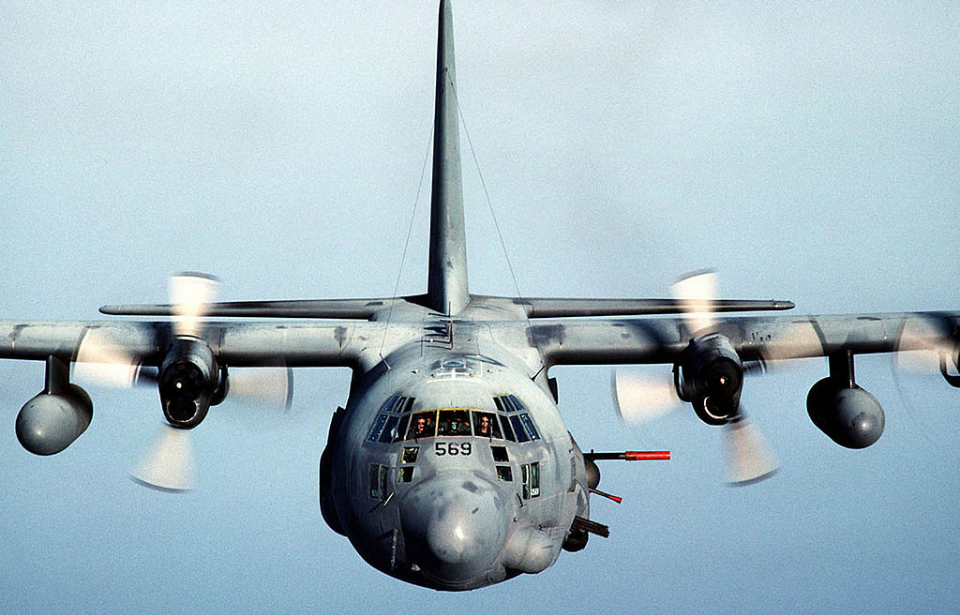The Lockheed AC-130 is a special operations gunship that can trace its history back to the Douglas C-47 Skytrain. Over its nearly 60 years of service, multiple variations have been developed to support troops across numerous conflicts. The ideal aircraft for nighttime close air support, the AC-130 made significant contributions during the Vietnam War.
Transforming the Douglas C-47 into the AC-47 Spooky
Douglas C-47 Skytrains were cargo planes produced in the thousands and used to transport cargo and paratroopers. What started out as an unarmed cargo plane soon turned into a fully-loaded gunship capable of supporting special operations under fire from enemy attacks.
When the US Air Force began experimenting with side-firing gunships in the 1960s, a C-47 underwent a transformation to become the first prototype, later designated the AC-47 Spooky.
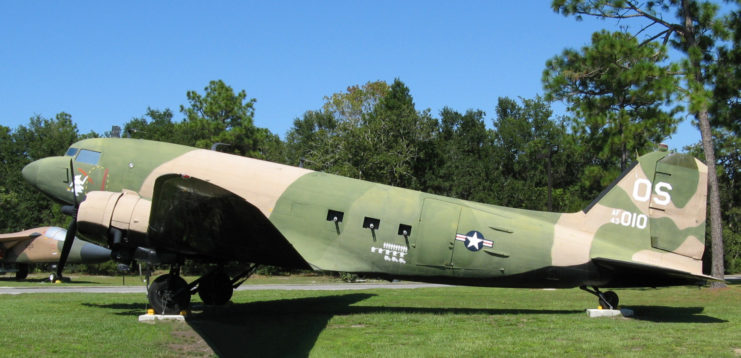
The AC-47D carried a trio of M134 7.62 mm multibarreled mini-guns and was typically manned by a crew of seven. After some intensive field testing, the aircraft proved to be a powerful shelling tool, firing 4,500 rounds against enemy soldiers. By November 1965, 20 C-47s had been refurbished and brought back into service as AC-47D gunships.
The AC-47 didn’t always succeed in combat
Although the AC-47s were proving their value, not everything went in their favor. On March 9, 1966, an AC-47 was sent to help defend the A Shau Special Forces camp, which was under attack by the North Vietnamese. Weather conditions were unfavorable, and the pilot was forced to fly below 400 feet. The North Vietnamese, equipped with .50-caliber machine guns, were able to blow both engines off of the AC-47 during its second pass over the area.
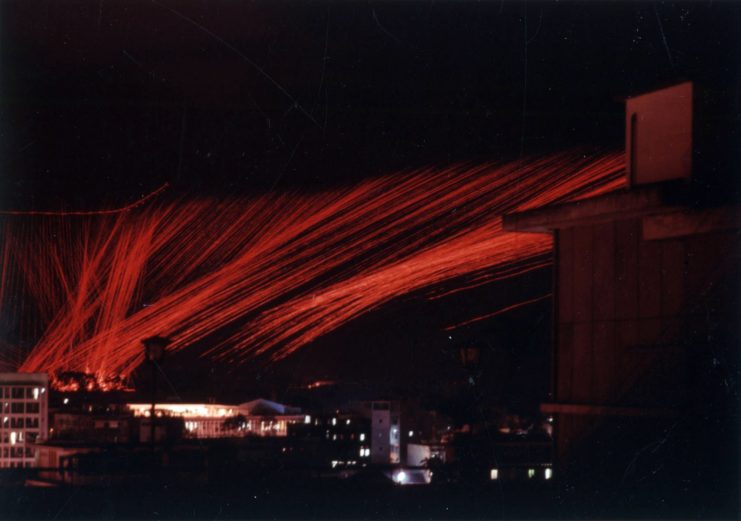
The aircraft crashed on the slope of a nearby mountain and the crew, who survived, quickly set up a perimeter. The enemy began to attack and attempted two assaults. While there were two casualties, the survivors were able to fend off the North Vietnamese until they were rescued.
Co-pilot Lt. Delbert Peterson was left behind and not found when Special Forces returned to the area to search for him. He was declared missing in action and, later, deemed killed in action.
Improved technologies lead to the development of the AC-130
By 1967, the Lockheed AC-130 prototype had been selected with the intention of being a direct replacement for the AC-47D. It had the capacity to fly faster, loiter longer and refuel mid-air. The aircraft arrived in South Vietnam later that year, and not longer after the AC-47 was deemed inadequate.
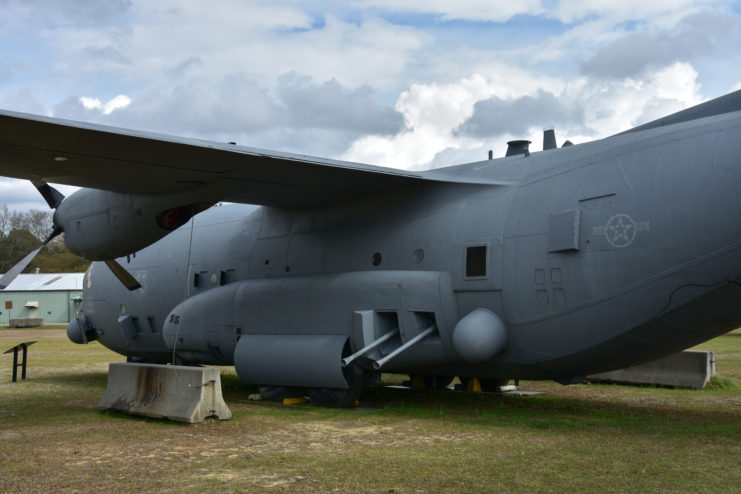
One of the most notable upgrades was the addition of the Black Crow magnetic anomaly detector, which detected minute variations in the Earth’s magnetic field. It was capable of detecting the unshielded ignition coils of Northern Vietnamese trucks hidden under the jungle brush and the hand-held transmitter signals of air controllers on the ground, to help locate targets.
The Lockheed AC-130 has supported special operations for decades
Lockheed AC-130s have supported special operations for nearly 60 years. With six variants, the aircraft has been involved in air interdiction, armed reconnaissance, combat search and rescue, forward air control, intelligence gathering, close air support and surveillance. Modern AC-130s have a top speed of 415 miles per hour, with a range of 3,000 miles.
